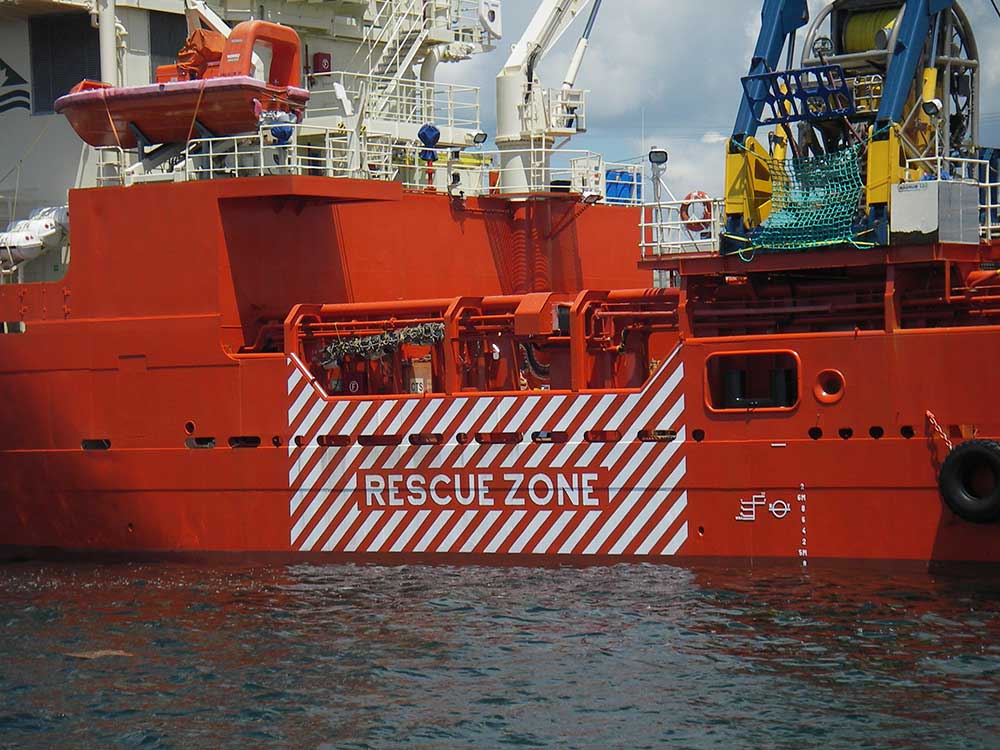Overview
To provide new entrants to the small commercial and/or fishing industry, and those who now require small vessel basic safety training, with the knowledge and skills to respond effectively and efficiently to a marine incident.
This course was developed to comply with the requirements of the Marine Personnel Regulations on minimum training in personal survival techniques and fire fighting for Canadian seafarers sailing onboard passenger vessels, workboats or fishing vessels engaged on a voyage in domestic waters. It also replaces the old MED A1 and MED A2 courses.
The course meets the requirements of Transport Canada TP Document 4957E Marine Emergency Duties Training Courses
PROGRAM CONTENT
This program will cover the following topics and areas of concern:
- Principle of safety
- The hazards and emergencies that may be encountered at sea
- The chemistry of fire and the extinguishing process
- Emergency response process: alarm signals on small vessels, where muster lists must be used and how on-board safety drills should be conducted and when. Action upon discovering emergency and what to do when called to an emergency.
- Description and use of Lifesaving appliances, survival craft and its equipment requirements, and methods of abandonment
- Factors relating to survival: cold water environment, medical aspect, actions to take when on our own or as a group after abandonment
- Understanding the different rescue methods and rescue equipment from sea or air.
- Distress signals carried on ships and in survival crafts, how to operate them, how to use them effectively in an emergency.
- Maintenance and Inspection
- Passenger control
Practical training exercises will be conducted using the following skills and equipment:
- Don and function in the water in a lifejacket and an immersion suit
- Don and use immersion suits and lifejackets in the water as an individual and as a part of a group
- Exercises on methods of being Hoisted with a helicopter strop, climbing net, and the techniques used to jump off a vessel with a life jacket or immersion suit
- Toss a lifebuoy to a crew lost over board and use a lifebuoy to keep afloat in the water
- Launch, board, operate and right an inverted liferaft
- Select, prepare and use a portable fire extinguisher on a live fire
- Connect, advance and use a small bore fire hose for boundary cooling
DURATION
Minimum of 26 hours of training over three (3) days.
Course Details
PREREQUISITES
- Must be at least 16 years of age.
- Trainees are expected to be in a good state of health and physically capable of fully taking part in all program activities. Trainees are expected to participate in all physical training requirements. WITHOUT EXCEPTION, those trainees in non-compliance will be refused and billed the full program fee.
- A statement of health form completed on the first day of the course. A valid Medical Certificate is required to be submitted prior to start of course. See “General Information: Medical Fitness” for full details.
- A valid Government Identification is required and must be presented for registration and to the instructor on the first day of course commencement. (Driver’s License, Passport, Vantage card)
CERTIFICATION
All persons who successfully complete the course based on the performance standards will receive:
- A Transport Canada certificate of completion for Domestic Vessel Safety (DVS)
Request Information or Register
Gallery

